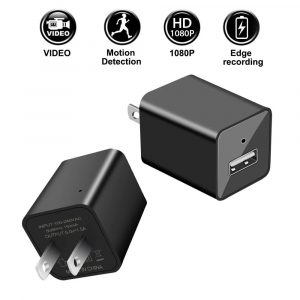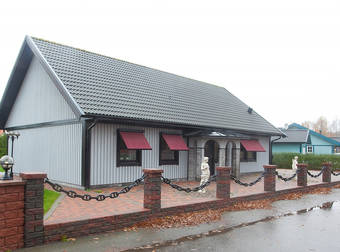If movies like Gravity and Interstellar haven’t scared you off, you may have wondered what it’s like to travel in space. (And if you’re like me, it kind of just made you want to go more.) Reality, of course, is far less dramatic. The International Space Station (ISS) has maintained continuous habitation by people for the past 13 years. Astronauts go up in shifts, so no, no one person has been there for anywhere near 13 years. Typically, astronauts do go up for long periods of time, usually about six months. Adjusting to, as well as studying, life in space has become the main purpose of the ISS.
Robert Frost (yes, that is his name) trained ISS astronauts to operate the station’s motion control systems, gives us the inside scoop on what happens aboard the ISS–it’s all scientific experiments. Some have very Earthly applications, including cancer research, and some are looking ahead to a future that might include more space travel and even off-world living.
The main difference between life on Earth and life in space is, of course, weightlessness. Weightlessness can be simulated on Earth, but the experience only lasts about 25 seconds. Enough to give astronauts a taste, but nothing like living in it for prolonged periods of time–sometimes more than a month. With the goal of being capable of longer, crewed space journeys and even living in space, the astronauts on the ISS keep careful record of the effects of weightlessness on plants, animals and crystals, as well as how weightlessness affects themselves. This way, they can determine what life in space is really like, as that can’t be replicated on Earth, as well as the side-effects of being a space traveler that we might not yet be aware of.
Thanks to the dedicated astronauts who spend long stretches of time in the cold darkness of space, we do know that weightlessness does have side-effects on the human body, including bone and muscle loss (as the body doesn’t have to exert itself against gravity), as well as hormonal and even psychological changes. And naturally, you’d have to adapt to moving and interacting with objects differently–you can’t, after all, put something down on the counter like you can here on Earth.
Other experiments might seem less obvious to the layperson. The InSPACE (Investigating the Structure of Paramagnetic Aggregates from Colloidal Emulsions) experiment, which studies how various fluids change their viscosity in the presence of an electrical field. Understanding these changes could help with the development of nanotechnology, which may need to navigate these fluids. Other times, experiments begin in one category but end up revealing something completely unexpected. An experiment on microorganisms in space, for example, showed that bacteria might be stronger and more virulent in space, leading NASA to learn about mutations in bacteria in a space environment, and to reconsider the dangers of something like food poisoning.
Other experiments in space have on-Earth applications as well, but are actually more easily performed in space. The Microencapsulation Electrostatic Processing System (MPES) allowed NASA scientists to study a new method of cancer treatment and, since gravity was a key problem, recreating the process in space let researchers figure out a better way to do it on the ground.
Via Gizmodo
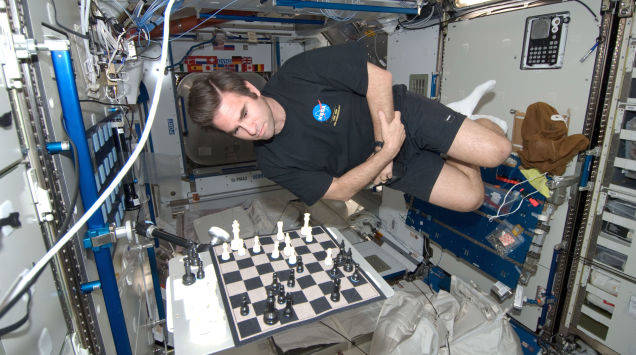 share
share
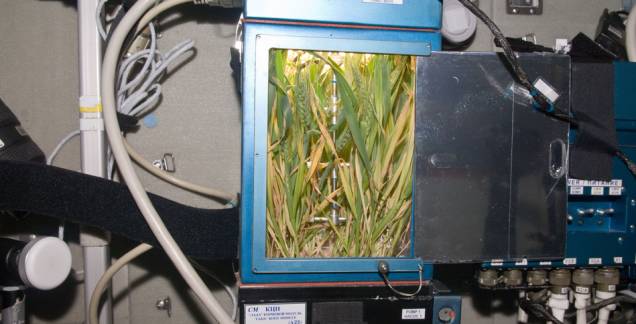 share
share
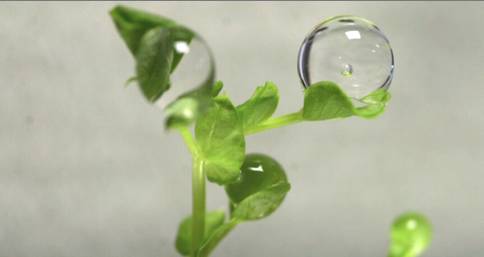 share
share
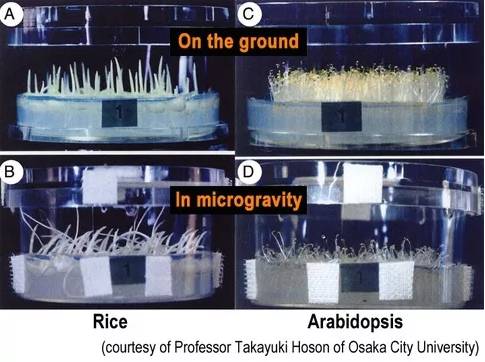 share
share
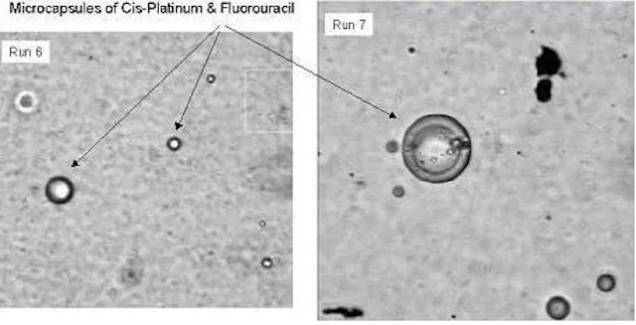 share
share
